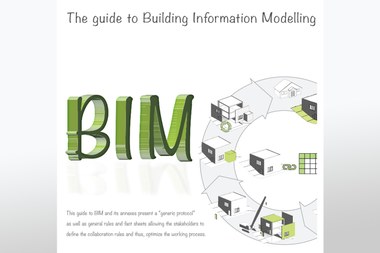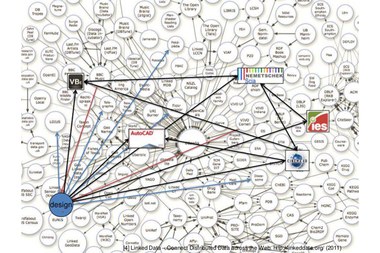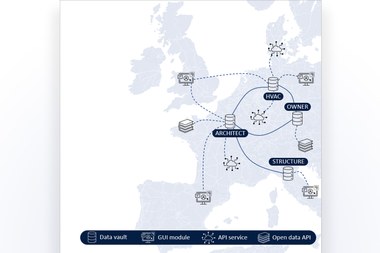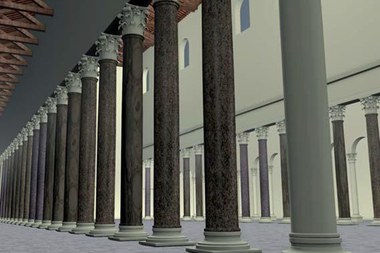Digital Design
The research unit Digital Design houses all research and educational activities involving the implementation of digital tools in architecture. The group explores state-of-the-art digital modelling tools, software and hardware that can be of any practical use in designing, constructing, managing and analysing buildings. Five lines of research can be distinguished:
- Parametric and generative design: Generating and controlling complex geometry is explored in a design context.
- Rapid prototyping: The use of rapid prototyping by the architect is put forward through several cases. Examples are: 3D printing, computer-aided manufacturing (CAM), laser cutting, photogrammetry, laser scanning and any other specific tools that can be beneficial to designers.
- Building Information Modelling (BIM): The implementation of Building Information Modelling (BIM) in building practice is an active goal. New proposals and techniques aiming for BIM standardisation and widespread use in building practice are explored.
- Linked Building Data: Exchange of data between different partners in the construction sector (architect, engineer, contractor, client) is addressed through the use of web technology (Big Data, Linked Date, Semantic Web, Internet of Things). Such technology is useful not only to designers, but also to contractors and facility managers.
- Digital architectural history: A whole range of digital tools is used in architectural historical research. 4D models, augmented reality, information modelling and visualisation are some of the instruments to gain new insights in specific historical questions within a multidisciplinary context.




